Why don't commercial aircraft have parachutes?
Why don't commercial aircraft have parachutes?
Why don't airlines provide parachutes for passenger safety? Air travel is an exciting mode of transportation. But not all thrills are the same. Why ?! Because many people do not feel comfortable in air travel. One of the reasons for this is that commercial aircraft do not have parachutes. You don't have to have aerophobia to be concerned about your personal safety when traveling by air.
However, advances in technology at the present time have made air travel safer. If something goes wrong you may not be able to help but be a little scared. You can even tighten your seatbelt, grab the armrest, and try to remember everything the flight attendant said when the flight started. That’s when you notice - the airline gave you a Life Minimal gift but no parachutes!
Military aircraft and warplanes always have parachutes, but commercial airlines do not.
Military aircraft, like warplanes, have several parachutes so that the military can use them in extreme emergencies. In such a situation, parachuting is their only option to jump off the plane. On the other hand, commercial aircraft like the Boeing 737 can carry about 200 people. Thousands of people around the world use airplanes every day to travel from one country to another. Why don't airlines provide parachutes on these planes for the safety of passengers? In fact, there are several logical reasons for this. Now, let's find out.
To begin with, most regular passengers do not have the necessary parachute training.
Hollywood will want us to believe that it takes nothing but courage to jump out of a plane. In reality, parachuting is extremely complex and requires several hours of professional training. Even the most basic form of skydiving, known as tandem skydiving (where you are tied to an expert throughout the process) requires you to devote at least one hour full time to training. Accelerated freefall or AFF, on the other hand, is a risky form of skydiving. This single freefall is 10,000 to 13,000 feet above the ground. To do this, you will need more and more specialized training and lots of practice.
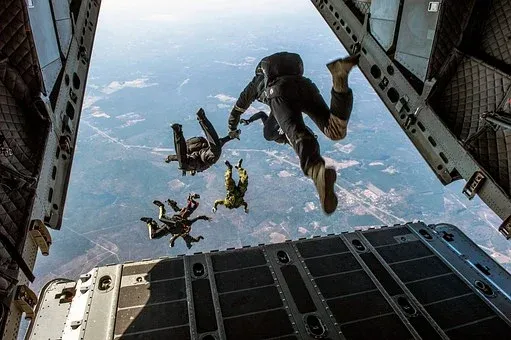
Jumping from the plane
Credit
Moreover, jumping out of an aircraft in an emergency and skydiving for enjoyment are not the same thing. One is a matter of life and death and the other is a kind of adventure game even though it is extremely risky. Also, after careful consideration and arduous planning is skydiving. For example, jumps are always pre-planned. Skydivers already know where to jump, what to do and when to do it. Even a slight change in the weather can cause the whole thing to be canceled.
On the other hand, when traveling by plane, regular passengers do not expect to jump, and they do not know how or when to jump in the event of a crisis. So skydiving out of a plane crash isn’t very practical here.
Commercial aircraft are not designed for skydiving.
The planes used for skydiving are much smaller than commercial planes and are emptied as the skydivers jump. Military aircraft, on the other hand, are larger and have a ramp behind it. The military uses the ramp to jump safely, avoiding the fuselage. Commercial aircraft, however, do not have small bodies or ramps. Jumping from such an aircraft is extremely risky because the jumper can easily bump into the fuselage, especially between the wings and tail wings.
Commercial aircraft fly high and fast.
As mentioned above, skydives are carefully planned, and jump height is one of the most important details. The maximum point a skydiving aircraft needs to reach is 15,000 to 16,000 feet. Commercial aircraft, on the other hand, fly at 35,000 feet above the ground. At this altitude the temperature drops significantly and the breathing air becomes scarce. Even if passengers are forced to jump off a plane, they must read HALO or high-altitude equipment, which will include an oxygen cylinder, controller, mask, altimeter, ballistic helmet and flight suit. Without these, they could die and die due to lack of oxygen.
The speed of commercial aircraft is another aspect that makes skydiving from them almost impossible. When cruising at high altitudes, the Boeing 737 can reach speeds of up to 600 miles per hour. Air traffic controllers typically determine speed and altitude, and tall planes fly at an altitude of about 35,000 feet to 39,000 feet. Jumping from this height, when the plane flies at high speed, will be extremely deadly!
Parachuting gear is expensive and heavy.
After all, most accidents happen during takeoff and landing, not in the middle.
Statistically speaking, most plane crashes occur during takeoff and landing. In fact, from 2003 to 2012, the rate of fatal plane crashes at high altitudes was only 9 percent. Moreover, one of those accidents happened due to a snow storm. Parachutes are useless during takeoff and landing, but parachuting from aircraft during storms can be more dangerous. Even trained parachutists do not try it.
All in all, putting parachutes on airplanes on commercial flights may seem like a very good proposal at first. However, when examining the logistics it does not seem to be a very practical or even an effective proposition.
If you want to add more information on this topic you can FOLLOW ME
Concept gathered from: My Blog TekUpdate
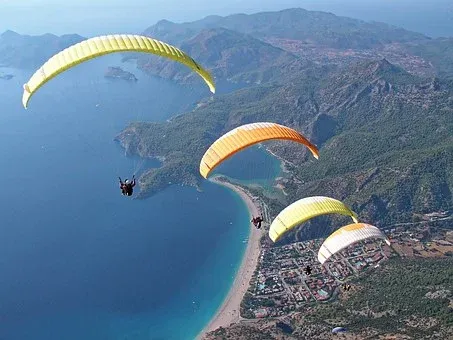
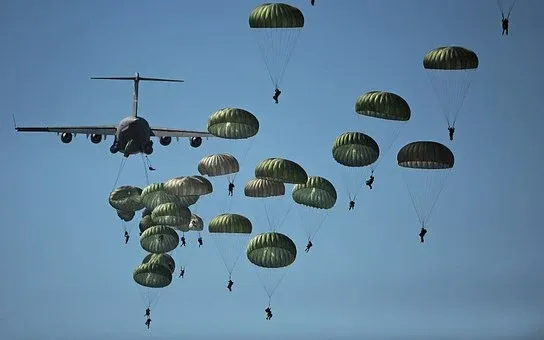
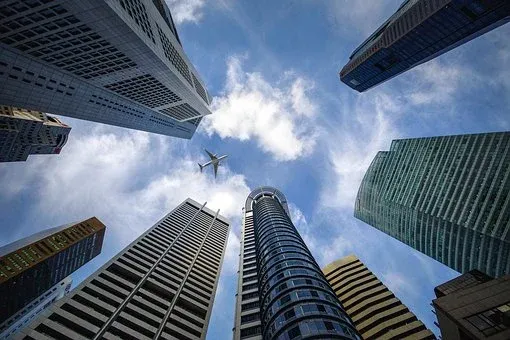
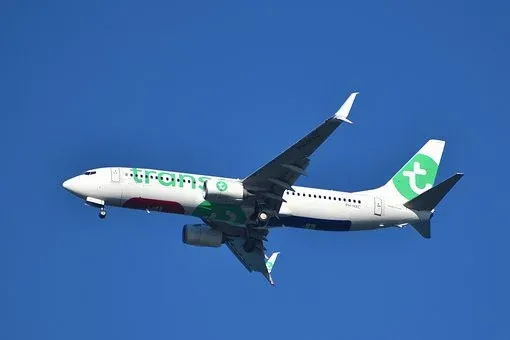
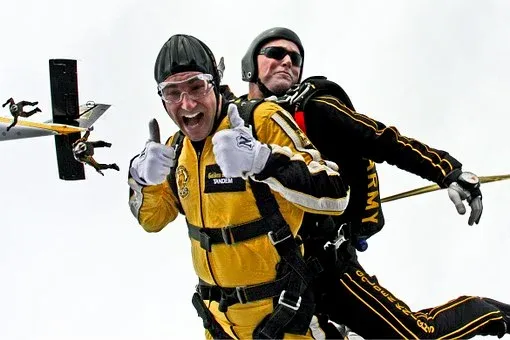
Thank you for this post. I've always wondered that too, now I know the answer.
You're welcome!
Thank you for reading this post.